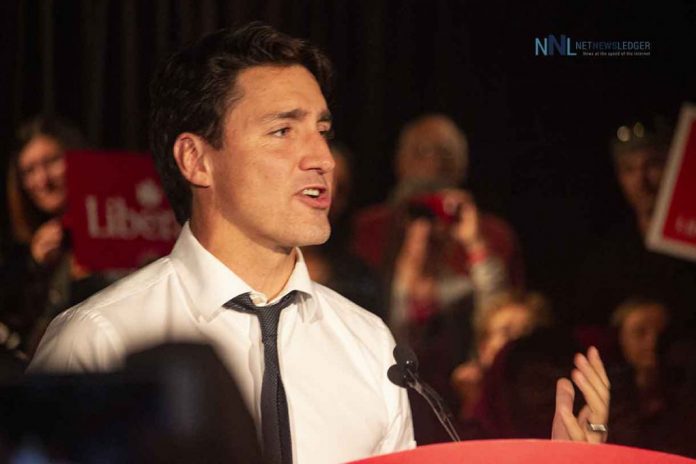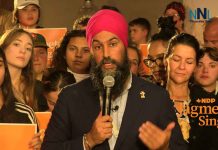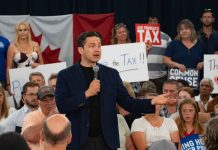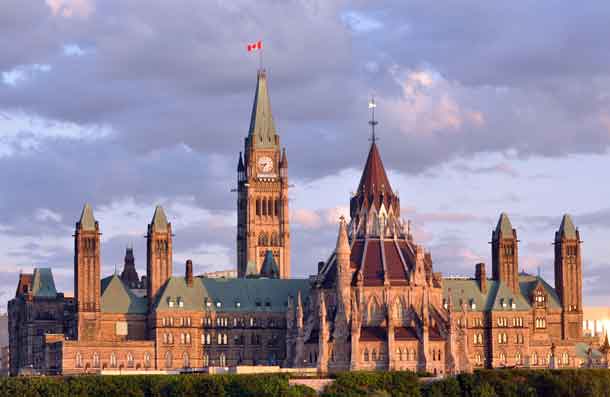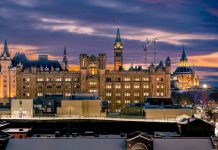Liberal Party Faces Voter Disconnection Despite Policy Innovations
Thunder Bay – POLITICAL ANALYSIS – The latest federal budget was brought forward more as a political wind shift than a budget. The budget details were brought out before the tabling of the budget in a number of announcements and press conferences with the Prime Minister seeking to sell Canadians on the new spending.
Many Canadians are seeing their options limited in recent years.
Prime Minister Justin Trudeau, as the face of the government, is held accountable for these perceived shortcomings.
Struggling to Connect: Liberal Party’s Efforts Fall Short with Younger Voters and Broader Electorate
The Liberal Party of Canada has found itself in a challenging position as it fails to resonate with the electorate despite focusing on “generational fairness” to attract younger voters.
The recent budget, while initially catching the attention of young Canadians with its forward-looking initiatives, has not translated into increased support for the Prime Minister or the party.
This highlights a significant hurdle for the Liberals: turning policy approval into electoral gains.
Complicated Messaging and Skepticism Prevail
The introduction of capital gains tax changes and dual focus on housing in the budget has confused the government’s messaging. The public’s difficulty in discerning clear benefits from these policies has been compounded by a lack of improved government approval ratings, the Prime Minister’s personal image, and the general sentiment about the country’s direction post-budget.
This unchanged or worsened perception suggests that positive policy measures alone are insufficient to shift public opinion significantly.
Polls indicate that while this budget is more recognized compared to its 2021 predecessor, the reaction has been largely negative.
This reflects a growing dissatisfaction and a more skeptical view of the government’s actions among voters.
There is a serious contrast in the messaging from the federal Conservatives. The Conservatives have branded themselves as “Common Sense Conservatives” and are targeting their messages at not only their base of support, but to a growing audience of Canadians who are seeking change.
Over the past two decades, Canadians tend toward changing governments about every eight years. By October 2025 when the next election must be held, the Trudeau Liberals will have been in power for almost a decade.
One of the factors that hits hard on political leaders and political parties is that governing takes a toll. The Trudeau Government has had a number of unprecedented crisis situations, like the global pandemic to deal with. Some of the programs and efforts of the government have been noted failures. The ArrivCan App that was budgeted for $60,000 and ended up costing $60,000,000 is one of the more recent examples.
When the opposition Conservatives fire into the sides of the Trudeau government on these issues, the Liberals come across often as seeing themselves blameless.
One of the issues that seems to really impact Prime Minister Trudeau is that no matter what he does, the Conservatives continue to see their poll numbers grown.
It is likely difficult within the Liberal party to see this happen, and yet there remains no move to oust the Prime Minister.
Accountability and the Need for Effective Communication
The root issue appears to lie not in the policies themselves, which are popular in content, but in their failure to produce tangible improvements in Canadians’ lives. This situation underscores an urgent need for the Liberals not only to develop appealing policies but also to effectively communicate their benefits and distinctly outline the disadvantages of alternative governmental approaches.
The Path Forward: Bridging Policy Success and Public Perception
As the Liberals look ahead, their primary challenge remains to bridge the gap between successful policy implementation and positive public perception.
It is essential for Canadians to not only acknowledge but also feel the beneficial impacts of government actions in their daily lives. For many Canadians, what is happening right now is the federal government is being seen by many as the problem rather than the solution to the problems.
Without this connection, the Liberals may find themselves with limited options to rejuvenate an electorate increasingly craving change.

